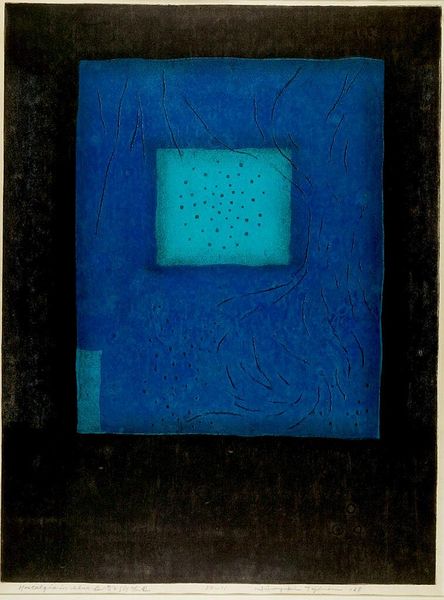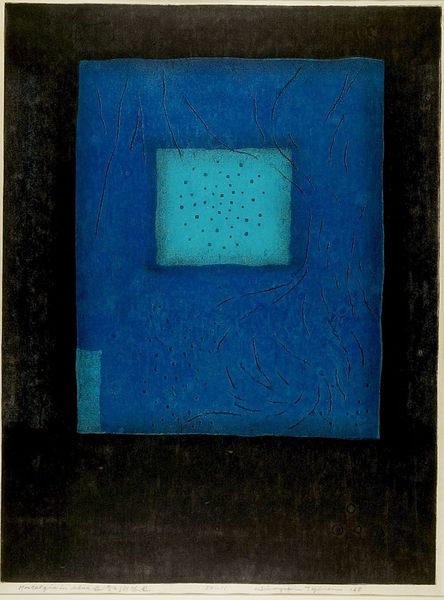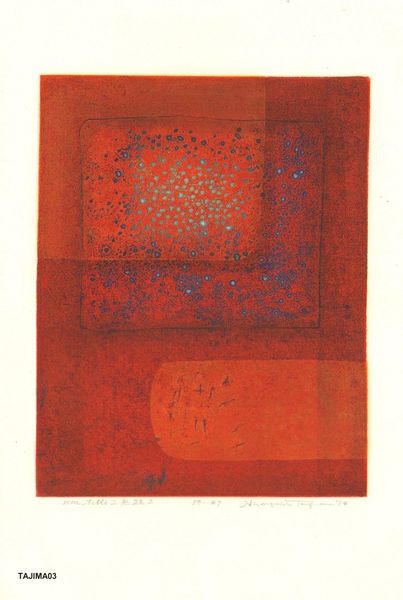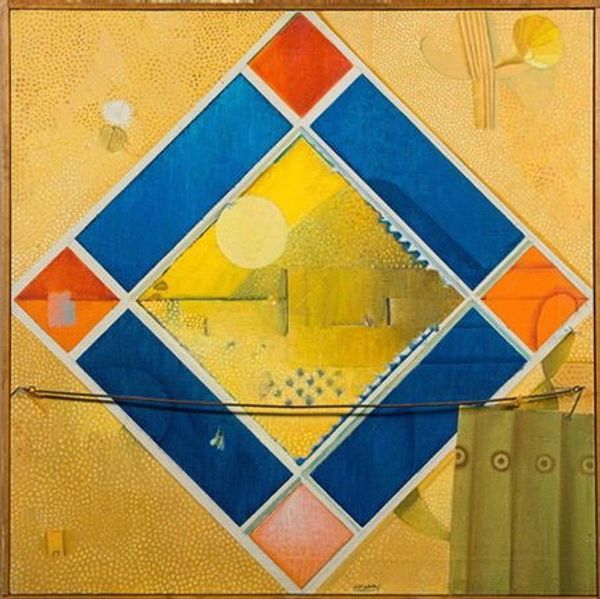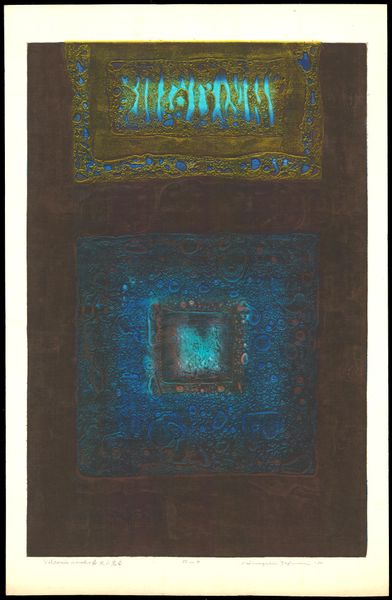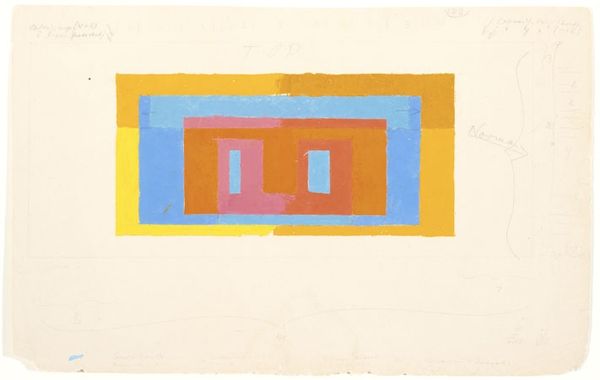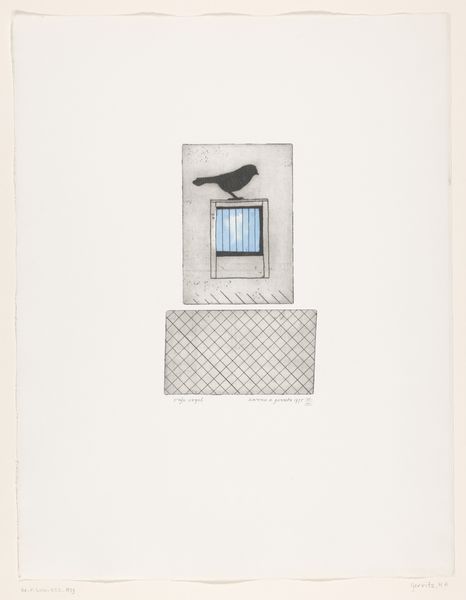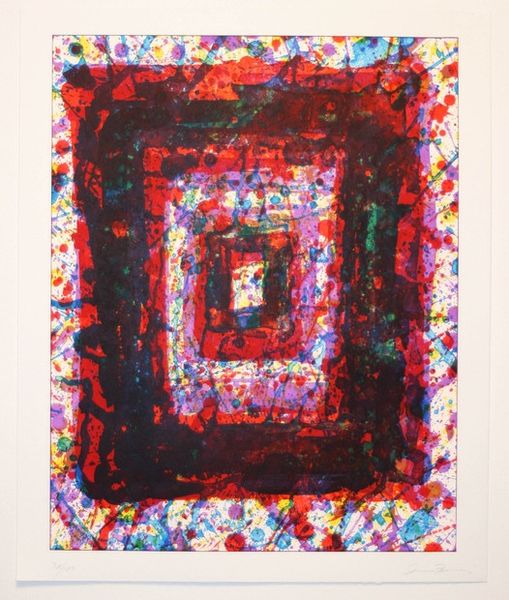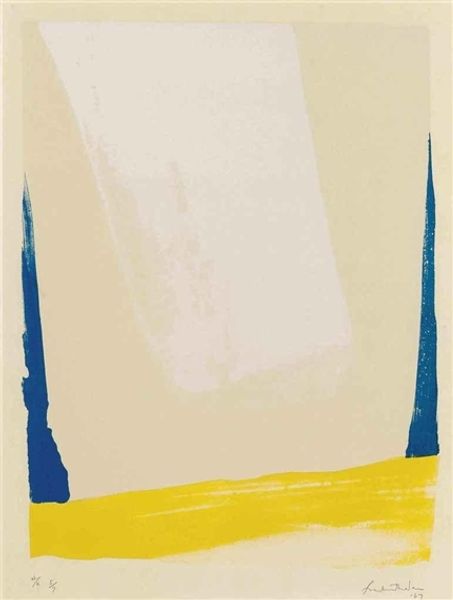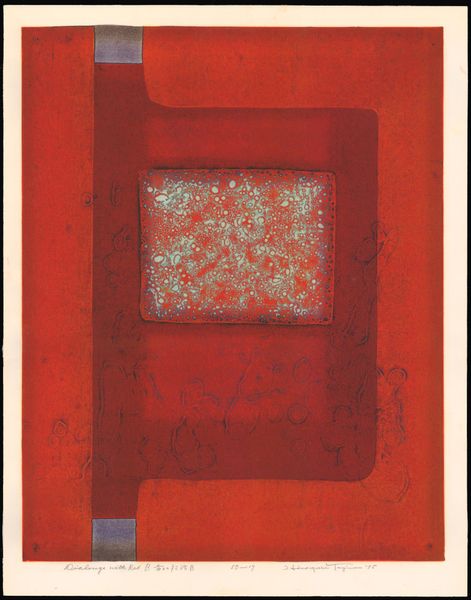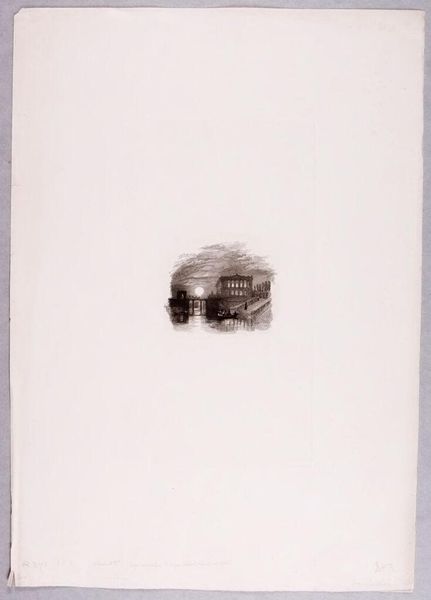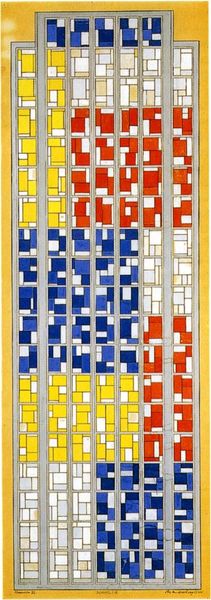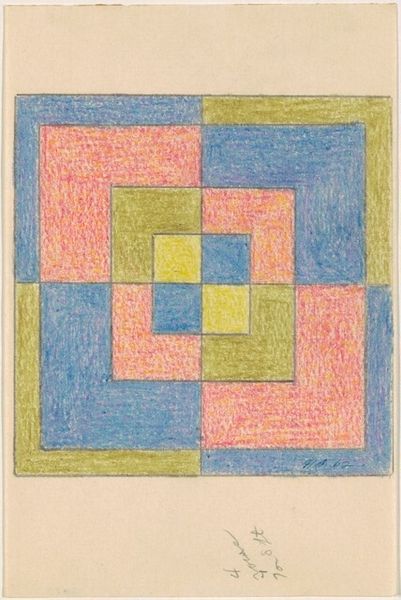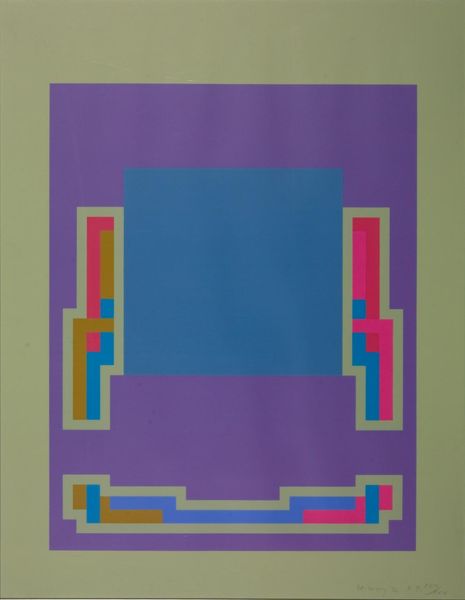
graphic-art, print
#
graphic-art
# print
#
geometric
#
abstraction
#
line
#
modernism
Copyright: Gunther Gerzso,Fair Use
Editor: So, here we have Gunther Gerzso's "Untitled" print from 1982. The sharp lines and geometric forms give it a very structured feeling, almost architectural. What do you make of this work? Curator: Well, looking at Gerzso through an activist lens, especially considering the sociopolitical context of 1980s Latin America, this abstraction can be interpreted as a visual language resisting explicit representation under oppressive regimes. How might this conscious move toward non-figurative forms represent a safer space for expression, indirectly addressing political turmoil? Editor: That's a compelling thought. So, the geometric forms aren’t just aesthetic; they’re potentially symbolic? Curator: Precisely. Consider how modernist abstraction, with its reduction to basic forms and colors, provided a framework for artists to critique power structures subtly. Could the starkness and clean lines here be a commentary on authoritarian control, perhaps, stripping away ornamentation to reveal a cold, hard reality? Or maybe it’s about creating an alternative space, an ideal society constructed of balanced geometric forms, away from political realities? Editor: It’s amazing how much can be read into what seems like a simple composition. The way it subtly critiques political structures is powerful. Curator: Exactly. Gerzso’s “Untitled” piece urges us to consider art not just as visual pleasure but as a historical and cultural dialogue. It’s a testament to how abstraction itself can become a form of activism, reflecting and resisting dominant forces. Editor: I hadn’t considered abstraction in that light before. Thanks, this was enlightening!
Comments
No comments
Be the first to comment and join the conversation on the ultimate creative platform.
